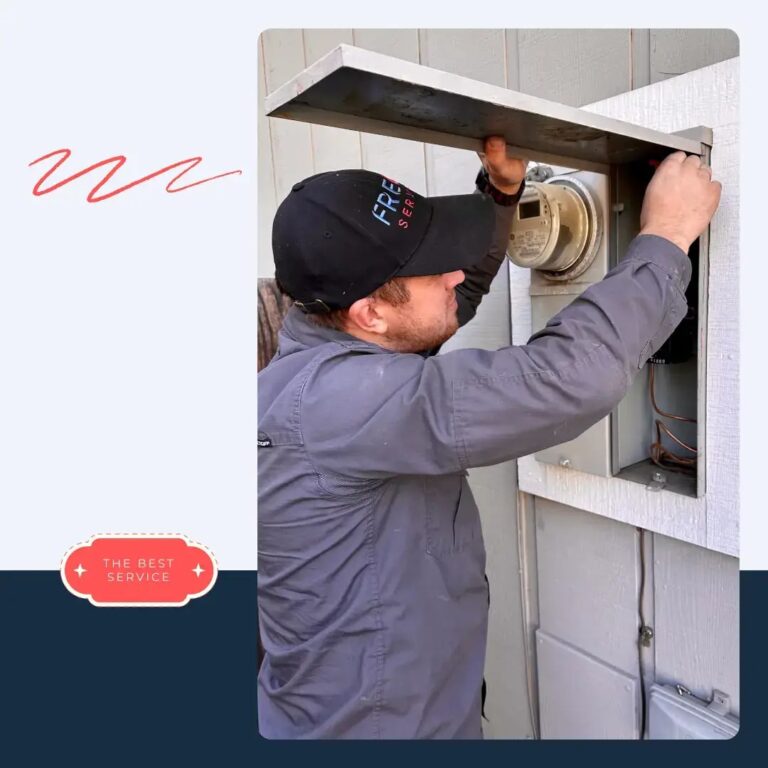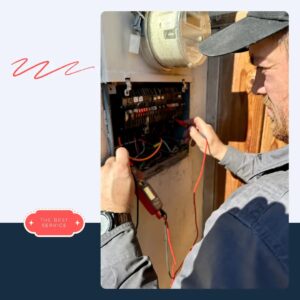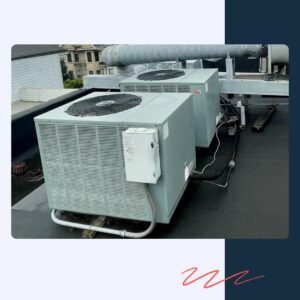Should I Repair or Replace My Air Conditioner? Analyzing the Problem

Should it stay or should it go? Thousands of owners ask this question every year. Especially in the summer. The answer depends on several factors. Let’s dive into the main ones with Freon Service so you can make an informed decision when the time comes.
Guests from the 90s: Is It Worth Repairing an Air Conditioner That’s So Old?
It’s astonishing, but cooling equipment from the 1990s might still be running in homes, apartments, or offices in San Jose. 25- or even 30-year-old models from Trane, Lennox, Goodman, Mitsubishi, Daikin, Rheem, York, or Bryant hum along, diligently pulling heat from outside and delivering cool air indoors. But at some point, something goes wrong, and your trusty companion goes silent. What could have happened, and how can it be fixed? And… is it worth fixing?
Let’s take a look at the condition of the components:
- Compressor
This is the heart of the air conditioner. And if it’s been working since the 90s, it’s likely heavily worn out from years of operation. Constant on/off cycles lead to overheating, bearing wear, and oil leaks.
Here’s the problem: Replacing this component can cost $1,000–$2,500. That’s about 50–70% of the cost of a brand-new “cooling body.” Is it worth repairing a portable air conditioner? Definitely not. Nor is it worth repairing any other type, for that matter.
It gets worse: Many manufacturers no longer make parts for them. And refurbished or compatible boards won’t provide the desired reliability.
- Condenser and Evaporator (Coils)
Their copper or aluminum surfaces are almost certainly corroded. The humidity and salt in our climate accelerate wear. Cracks or clogs impair heat exchange. Performance is close to zero.
Cleaning the coils isn’t too expensive: $100–$300. But replacing them will set you back a daunting $500–$1,500.
Is it worth repairing a window air conditioner? The answer is usually no if the unit is over 7 years old. Components for such models are either no longer made or are too costly. Especially if you’re already hearing the compressor wheezing when it starts.
- Fans and Motors
Dust, overheating, and vibrations heavily wear out the blades. Bearings and motor windings break down after 20–30 years.
The cost to fix it? From $200 to $600. And that’s only if you’re magically lucky enough to find the right part.
- Electronics and Control Boards
Back in the day, they were the pinnacle of progress. But now, 25-year-old boards look dull and primitive. They can’t handle modern Wi-Fi. Smart thermostats outshine their intelligence.
How much does it cost to replace them? Honestly, it doesn’t even matter anymore. You can only find them on the secondary market. And there’s no guarantee that the found artifact will be better than the one you need to replace.
Is it worth fixing a portable air conditioner? A fair question. But the answer won’t please you: If even “big” systems with boards from the 90s are nearly impossible to restore, what can we say about compact units where everything is even more fragile and limited?
- Overall System Wear
Let’s face the truth. Over such a long period, physical wear from corrosion, vibrations, and thermal loads is colossal. Cracks in pipes or the housing can lead to leaks. These, in turn, threaten reduced efficiency and harm to our beautiful planet.
Yes, these old-timers continue to hold the world in their sights, despite their frail health. Their weapon of choice is R-22. But more on that in the next section.
Is It Worth Fixing a Window Air Conditioner with Old Freon?
To avoid confusion, let’s clarify what freon is.
It’s a special gas that circulates inside the air conditioner, transferring heat from indoors to outdoors while bringing cool air into the building. Without refrigerant, there’s no cooling. Now let’s get to the significant details: R-22 or HCFC-22 was the standard freon from the 1970s to the late 2000s. And, truly, this guy was popular. Why? Because it:
- cooled effectively — even at high temperatures,
- didn’t catch fire on the job and was non-toxic under normal conditions (an important quality not just for a chemical substance but also for your average office worker),
- worked with thousands of AC models.
It would likely have continued to shine on Olympus if not for scientists who raised the question: Is it worth repairing an air conditioner with such a refrigerant, given its environmental harm?
- In 1974, it became known that chlorine-containing refrigerants destroy the ozone layer. And as we all know, its depletion threatens ecosystems and human health, for example, by increasing the risk of skin cancer.
- In 1985, scientists discovered the ozone hole over Antarctica.
- They began warning the public that R-22 traps heat in the atmosphere 1,810 times more effectively than carbon dioxide. That’s practically sixth gear in the car called global warming.
This understandably sparked global concern. After all, just 1 kg of leaked R-22 can destroy tens of tons of ozone.
The reign of hydrochlorofluorocarbon (R-22) began to be restricted and eventually banned altogether. Almost everywhere. But in the USA, it’s final.
As a result:
- R-22 supplies are dwindling,
- it’s no longer legally available for purchase,
- this makes it expensive,
- even on the black market, leftovers cost $200–$600 per kilogram.
Is it worth repairing a portable air conditioner or any other at such a price? After all, if a leak occurs, repairs will be costly or impossible. Plus, tons of destroyed ozone will weigh on your conscience. It may not weigh much, but it’s still nicer to live without that burden.
Did we get something in return?
Of course. An empty throne doesn’t stay vacant. Now, the insides of your anti-heat machine are filled with chlorine-free:
- R-410A,
- R-32,
- R-454B,
- and other A2L gases.
There’s one catch: These refrigerants can only be used in new systems. Old ones, alas, can’t be retrofitted for them.
How to Decide: Should I Repair or Replace My Air Conditioner?
Here’s a simple and logical framework:
- The age of your “home iceberg”
- If it’s less than 5 years old → repair is preferable.
- Up to 10 years → consider the repair cost and the device’s overall condition.
- Over 10 years → better to replace. At that age, systems are less efficient and will break down more often with each passing year.
- Is it worth it to repair a window air conditioner at the following cost?
- Up to 30% of the cost of a new unit → it’s worth repairing.
- 30–50% → think about it. If all issues can be resolved in one technician visit, it might be worth scheduling a rendezvous.
- Over 50% of the cost → start looking for a new unit.
- Modern features and benefits you should definitely pay attention to:
- SEER: The higher it is, the less you pay for electricity.
- Wi-Fi, sensors, smart thermostats make your life easier
Compare this to your old unit and ask yourself: Is it worth it to repair an air conditioner? The poor thing won’t become smart or efficient no matter how much you tinker with it.
And that’s it. Now, if your wheezing “ice container” goes on sick leave, you’ll know what to do.






